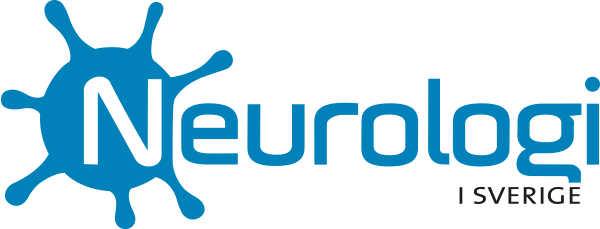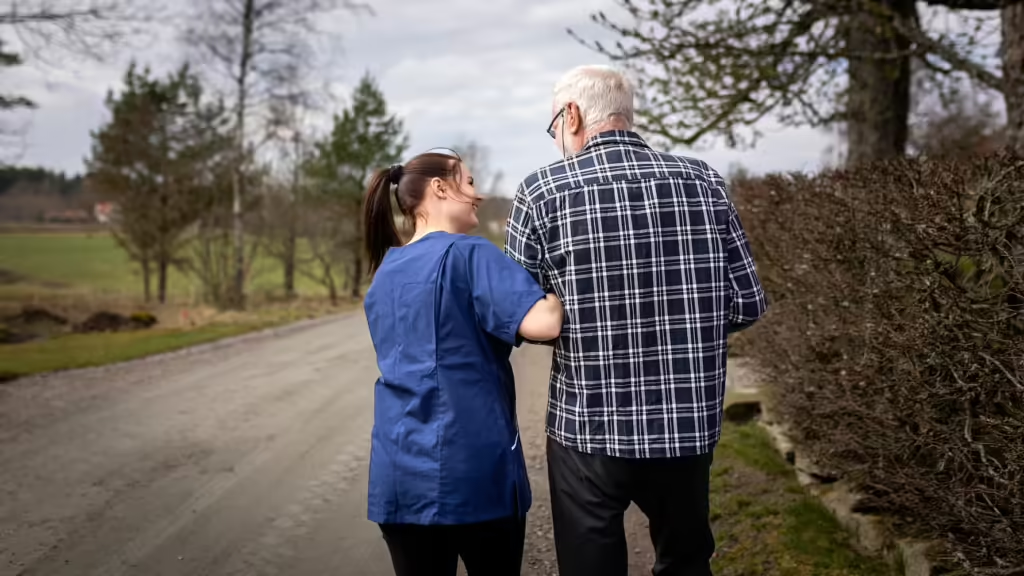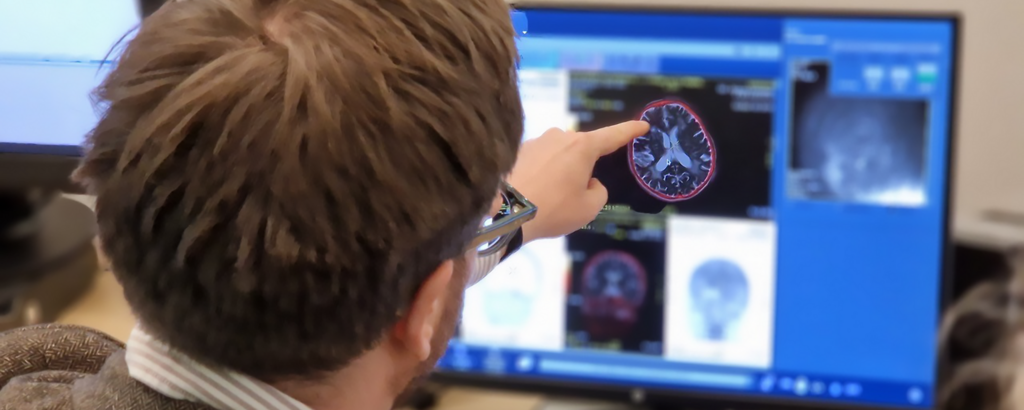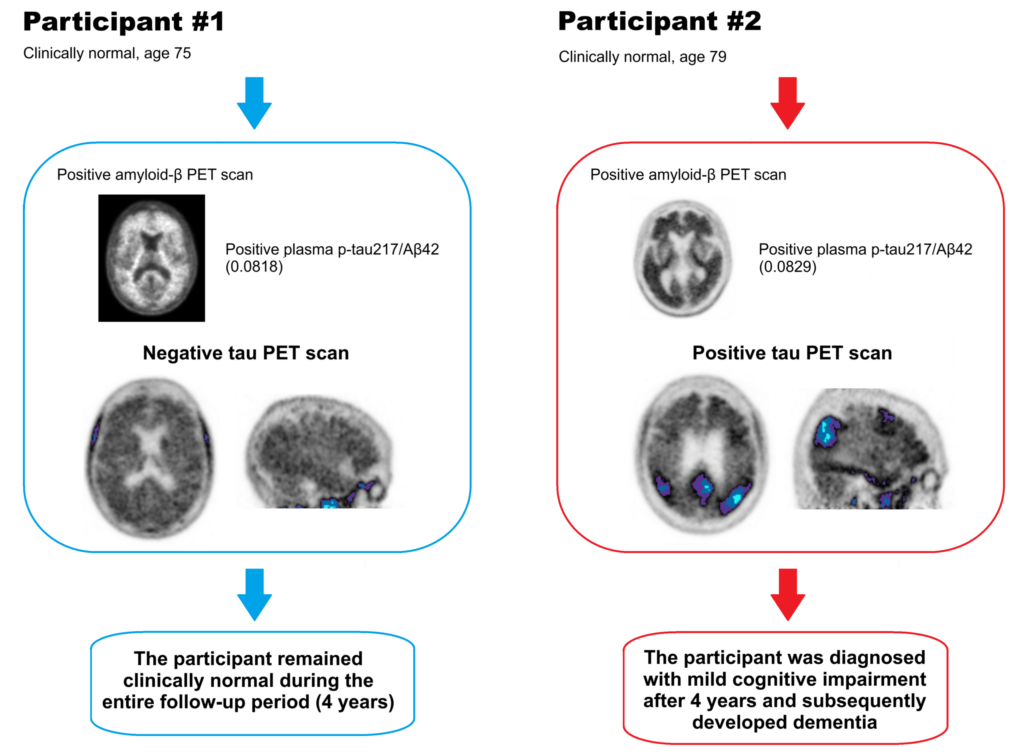En studie i tidskriften Science presenterar nya, övertygande bevis för att nervceller i hjärnans minnescentrum, hippocampus, nybildas långt in i vuxen ålder. Forskningen från Karolinska Institutet ger svar på en grundläggande och omdebatterad fråga om den mänskliga hjärnans formbarhet.
Hippocampus är ett område i hjärnan som är avgörande för inlärning och minne och som har betydelse för vår förmåga att reglera känslor. Redan 2013 visade Jonas Friséns forskargrupp vid Karolinska Institutet i en uppmärksammad studie att nya nervceller kan bildas i hippocampus hos vuxna människor. Forskarna mätte då kol-14-halter i DNA från hjärnvävnad, vilket gjorde det möjligt att tidsbestämma när cellerna bildats.
Har identifierat ursprungsceller
Men omfattningen och betydelsen av denna nervcellsnybildning (neurogenes) är fortfarande omdebatterad. Det har saknats tydliga bevis för att de celler som föregår nya nervceller, så kallade neurala progenitorceller, faktiskt existerar och delar sig hos vuxna människor.
– Vi har nu kunnat identifiera dessa ursprungsceller, vilket bekräftar att det finns en pågående nybildning av nervceller i hippocampus i den vuxna hjärnan, säger Jonas Frisén, professor i stamcellsforskning vid institutionen för cell- och molekylärbiologi vid Karolinska Institutet, som lett forskningen.

Jonas Frisén, professor vid institutionen för cell- och molekylärbiologi, Karolinska Institutet. Foto: Stefan Zimmerman.
Från 0 till 78 års ålder
I den nya studien har forskarna kombinerat flera avancerade metoder för att undersöka hjärnvävnad från människor i åldern 0–78 år från flera internationella biobanker. De använde en metod som kallas enkelkärnig RNA-sekvensering, där man analyserar genaktiviteten i enskilda cellkärnor, och analysmetoden flödescytometri för att studera cellers egenskaper. Genom att kombinera detta med maskininlärning kunde de identifiera olika stadier av nervcellers utveckling, från stamceller till omogna nervceller, varav många var i delningsfas.
För att lokalisera dessa celler använde forskarna även två tekniker som visar var i vävnaden olika gener är aktiva: RNAscope och Xenium. Dessa metoder bekräftade att de nybildade cellerna fanns i ett specifikt område av hippocampus som kallas gyrus dentatus. Detta område är viktigt för minnesskapande, inlärning och anpassningsförmåga till nya omständigheter.
Hopp om nya behandlingar
Resultaten visar att de vuxna nervcellernas förstadier liknar motsvarande celler hos möss, grisar och apor, men att det också finns vissa skillnader i vilka gener som är aktiva. Det fanns dessutom stor variation mellan individer – vissa vuxna människor hade många sådana celler, andra knappt några alls.
– Det här ger oss en viktig pusselbit i förståelsen av hur den mänskliga hjärnan fungerar och förändras under livet. Forskningen kan också få betydelse för utvecklingen av regenerativa behandlingar som stimulerar nervcellsnybildning vid neurodegenerativa och psykiska sjukdomar, säger Jonas Frisén.
Studien genomfördes i nära samarbete med Ionut Dumitru, Marta Paterlini och andra forskare vid Karolinska Institutet samt forskare vid Chalmers tekniska högskola.
Forskningen finansierades av Vetenskapsrådet, Europeiska forskningsrådet (ERC), Cancerfonden, Knut och Alice Wallenbergs Stiftelse, Stiftelsen för Strategisk Forskning, StratRegen-programmet, EMBO Long-Term Fellowship, Marie Sklodowska-Curie Actions och SciLifeLab. Jonas Frisén är konsult för företaget 10x Genomics. Se den vetenskapliga artikeln för en komplett förteckning över potentiella intressekonflikter.
Publikation:
”Identification of proliferating neural progenitors in the adult human hippocampus”, Ionut Dumitru, Marta Paterlini, Margherita Zamboni, Christoph Ziegenhain, Sarantis Giatrellis, Rasool Saghaleyni, Åsa Björklund, Kanar Alkass, Mathew Tata, Henrik Druid, Rickard Sandberg, Jonas Frisén, Science, online 3 juli 2025, doi: 10.1126/science.adu9575.
Jonas Frisén, professor vid institutionen för cell- och molekylärbiologi, Karolinska Institutet. Foto: Stefan Zimmerman








